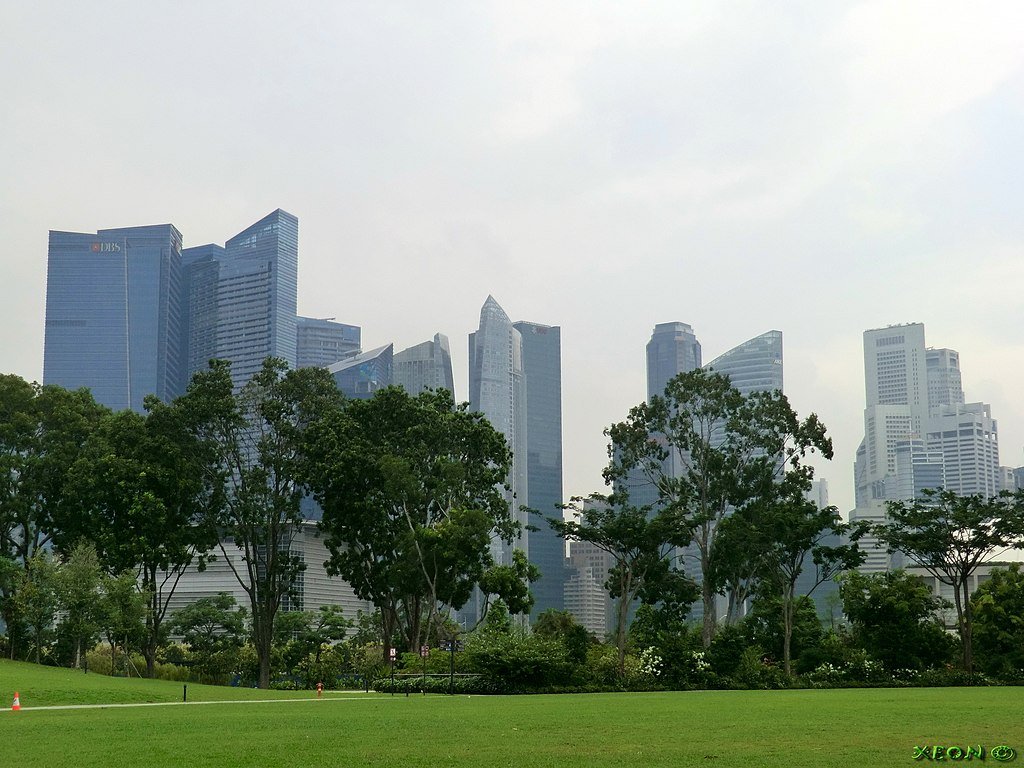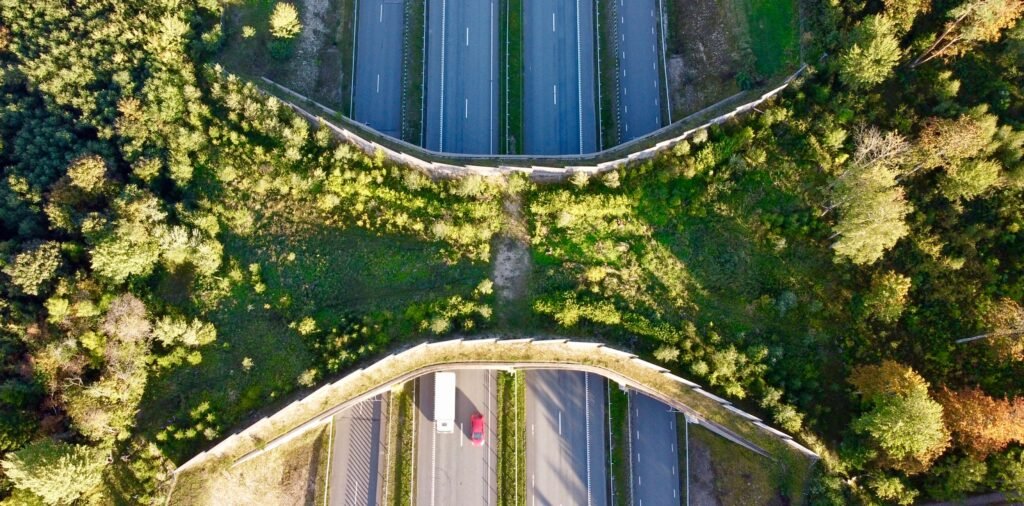Singapore, often dubbed the ‘City in a Garden,’ has masterfully crafted a unique blend of urban development and nature conservation. While soaring skyscrapers paint its skyline, at ground level, a thriving ecosystem tells the story of a city committed to preserving its natural heritage. This article explores how Singapore manages to harmonize wildlife conservation and urbanization, ensuring that the city remains a vibrant habitat for people and wildlife alike.
Singapore’s Green Vision

Singapore’s journey towards becoming an eco-friendly city began in the 1960s when the government set a vision to transform it from a “Garden City” into a “City in a Garden.” This ambitious plan aimed to integrate nature into every aspect of urban living, enhancing the quality of life for its residents while nurturing biodiversity. Today, this vision continues to evolve, showcasing Singapore’s commitment to environmental sustainability.
Innovative Urban Planning

Singapore’s urban planning strategy is pioneering in integrating natural ecosystems with urban structures. The Urban Redevelopment Authority meticulously designs the city’s layout to accommodate green spaces, parks, and wildlife corridors. By utilizing vertical gardens, green roofs, and other biophilic architecture, Singapore ensures that nature is woven into the city’s fabric.
Nature Reserves and Wildlife Sanctuaries
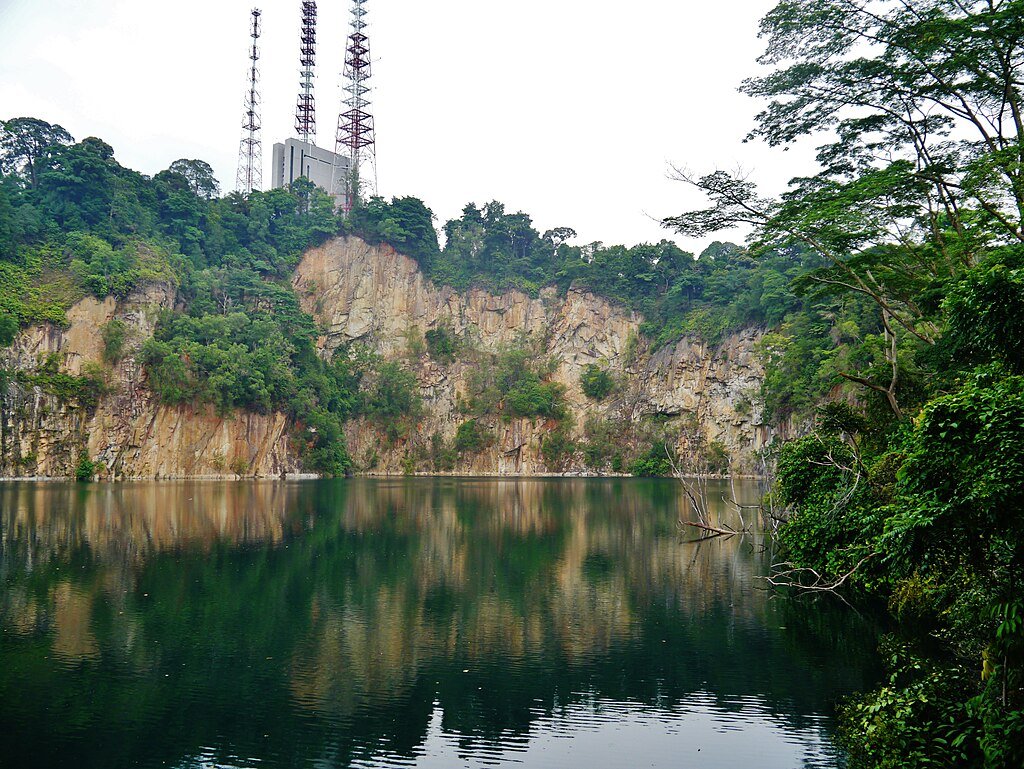
Despite its limited land area, Singapore boasts a diverse array of nature reserves and wildlife sanctuaries. The Bukit Timah Nature Reserve, for instance, is home to one of the world’s oldest rainforests, offering sanctuary to a wide variety of flora and fauna. Such protected areas are critical for conservation, providing habitat for endangered species and offering Singaporeans opportunities to connect with nature.
Urban Wildlife
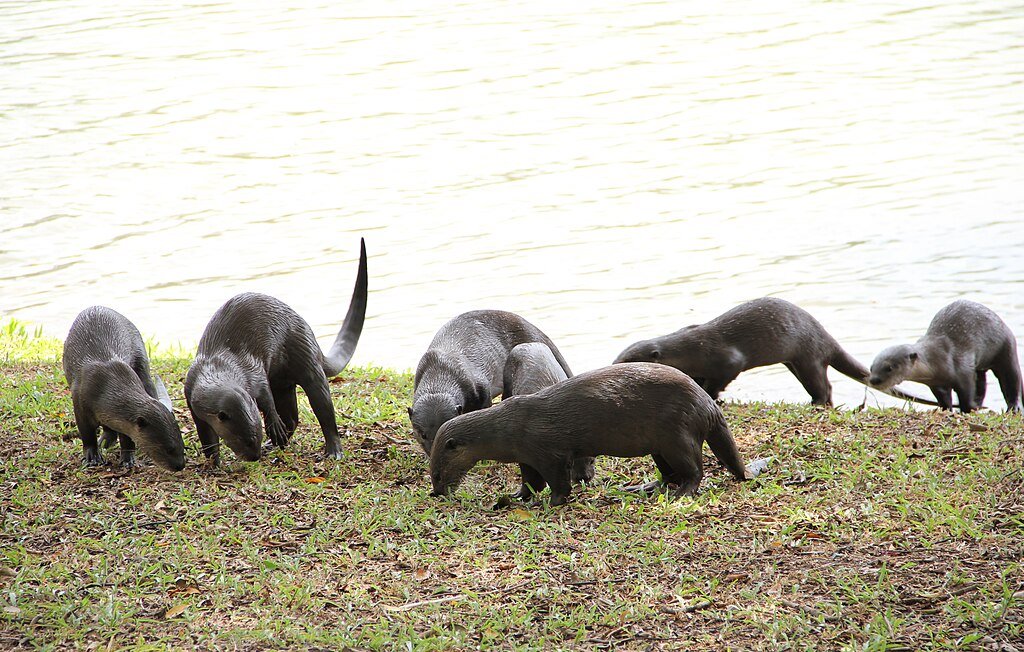
In Singapore, urban landscapes are teeming with wildlife. Otters, a national symbol, can be spotted navigating the city’s waterways, while diverse bird species nest in its urban trees. The presence of these animals highlights the success of conservation efforts and the importance of creating wildlife-friendly urban spaces.
Community Engagement and Education

Education and community involvement play crucial roles in Singapore’s conservation efforts. Programs like NParks’ conservation workshops and guided nature walks aim to raise awareness and foster an appreciation for biodiversity among residents. By empowering communities through education, Singapore encourages citizen participation in conservation initiatives.
The Role of Technology in Conservation
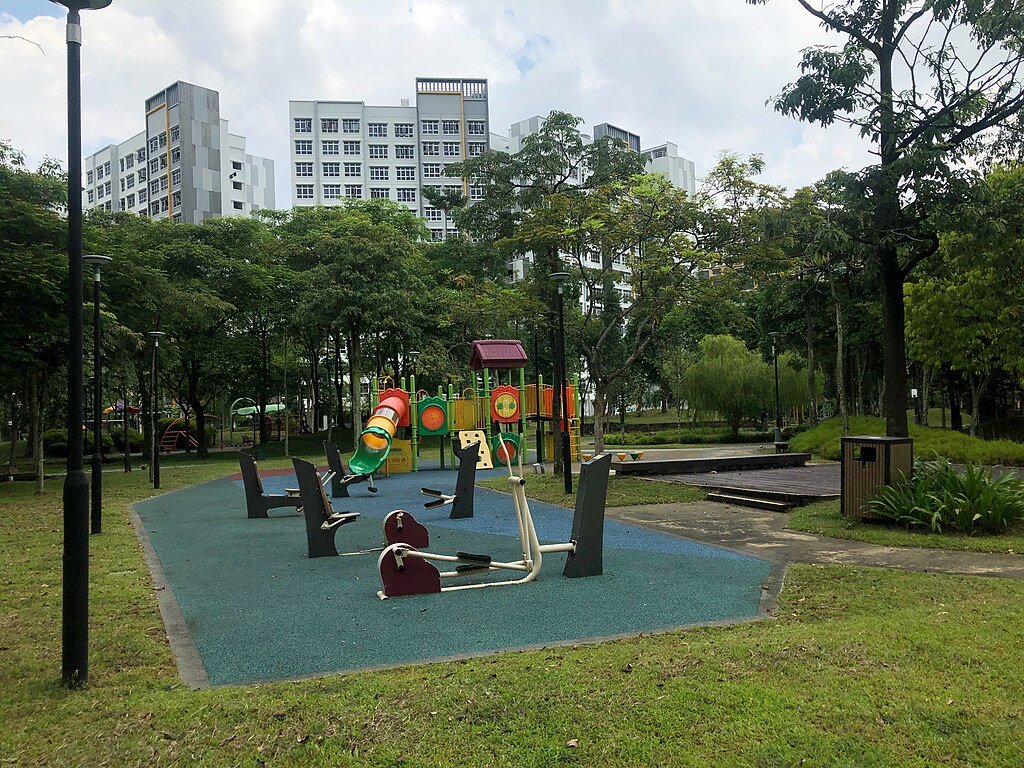
Singapore leverages cutting-edge technology to support its conservation efforts. From using drones to monitor wildlife to deploying smart sensors in parks, technology plays a pivotal role in managing and preserving the city’s natural environment. This tech-savvy approach allows for efficient data collection and analysis, informing strategic conservation decisions.
Sustainable Urban Development
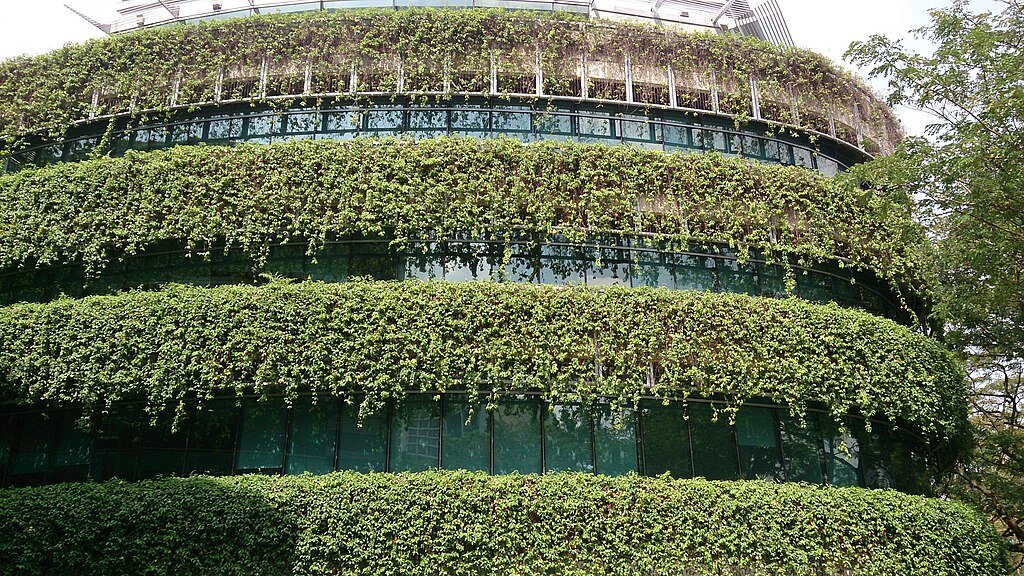
Sustainable development is at the heart of Singapore’s urban planning philosophy. Green building standards like the Building and Construction Authority’s Green Mark scheme encourage developers to adopt eco-friendly practices. By prioritizing sustainability, Singapore ensures that its rapid growth does not come at the expense of the environment.
Challenges and Opportunities
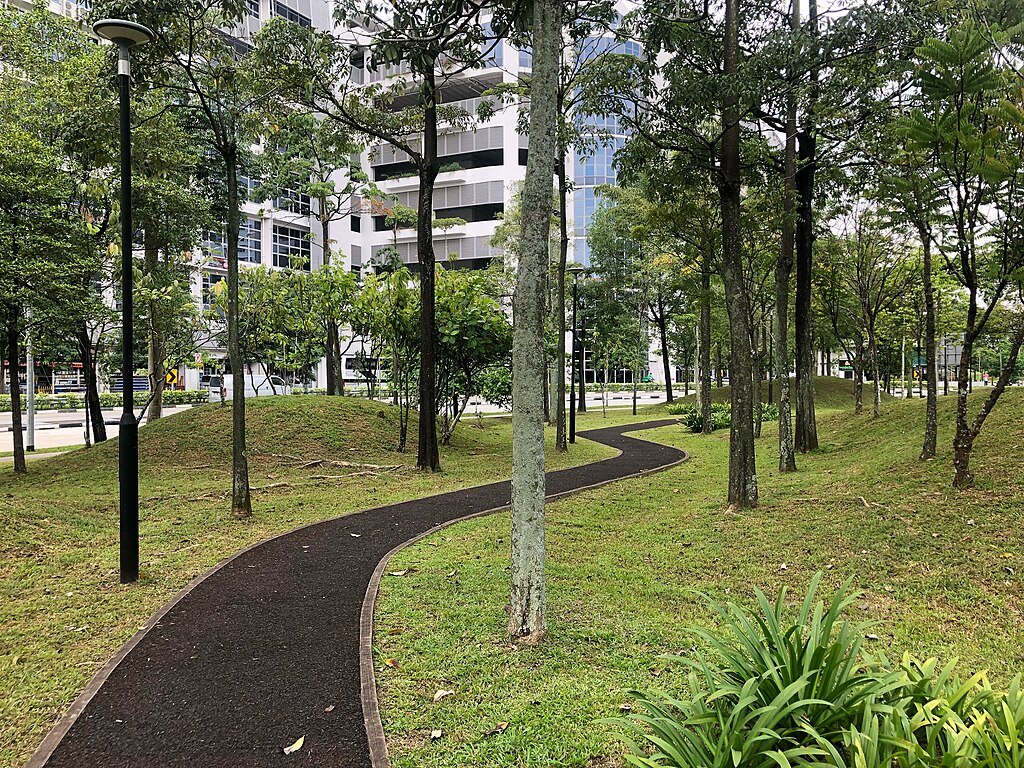
Balancing urban development with wildlife conservation poses significant challenges. Land scarcity, climate change, and population growth pressure the city to innovate continually. However, these challenges present opportunities for Singapore to become a global leader in sustainable urban development and ecological preservation.
The Future of Singapore’s Urban Jungle
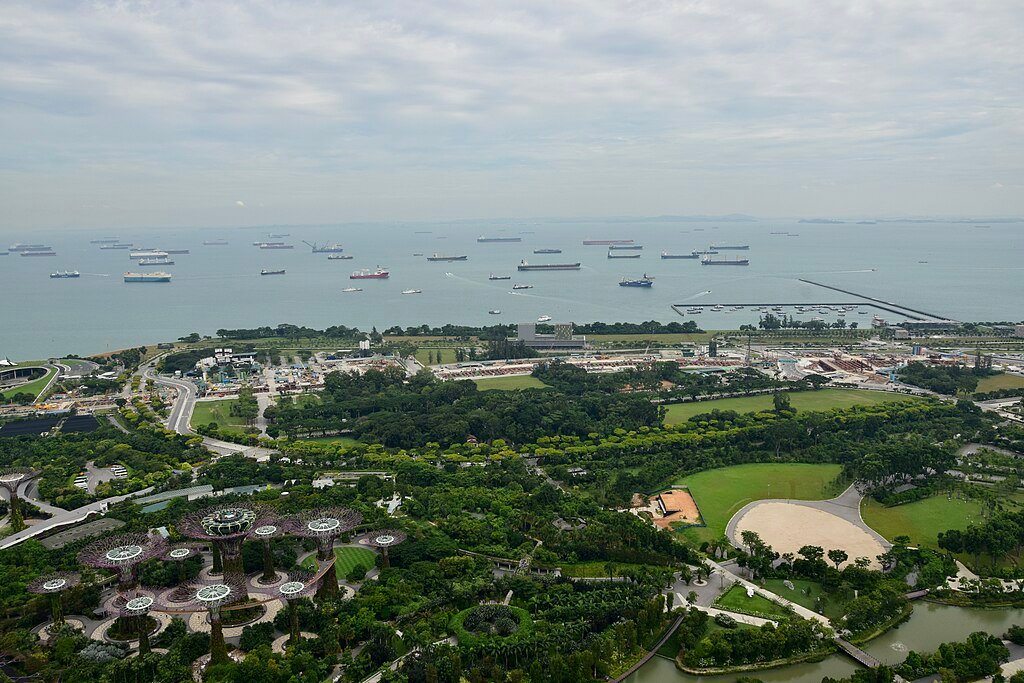
As Singapore looks to the future, it remains dedicated to strengthening its status as a ‘City in Nature.’ Initiatives such as the Singapore Green Plan 2030 outline bold environmental targets, including expanding green spaces and enhancing biodiversity. These efforts ensure that the city evolves into a resilient urban ecosystem.
In conclusion, Singapore’s urban jungle is a testament to the city’s commitment to harmonizing modern living with nature conservation. Through thoughtful planning, innovative use of technology, and community engagement, Singapore serves as a model for cities worldwide seeking to achieve a similar balance. As we embrace future growth and challenges, Singapore’s commitment to preserving its green heart reminds us of the essential role nature plays in creating livable, bustling cities.

